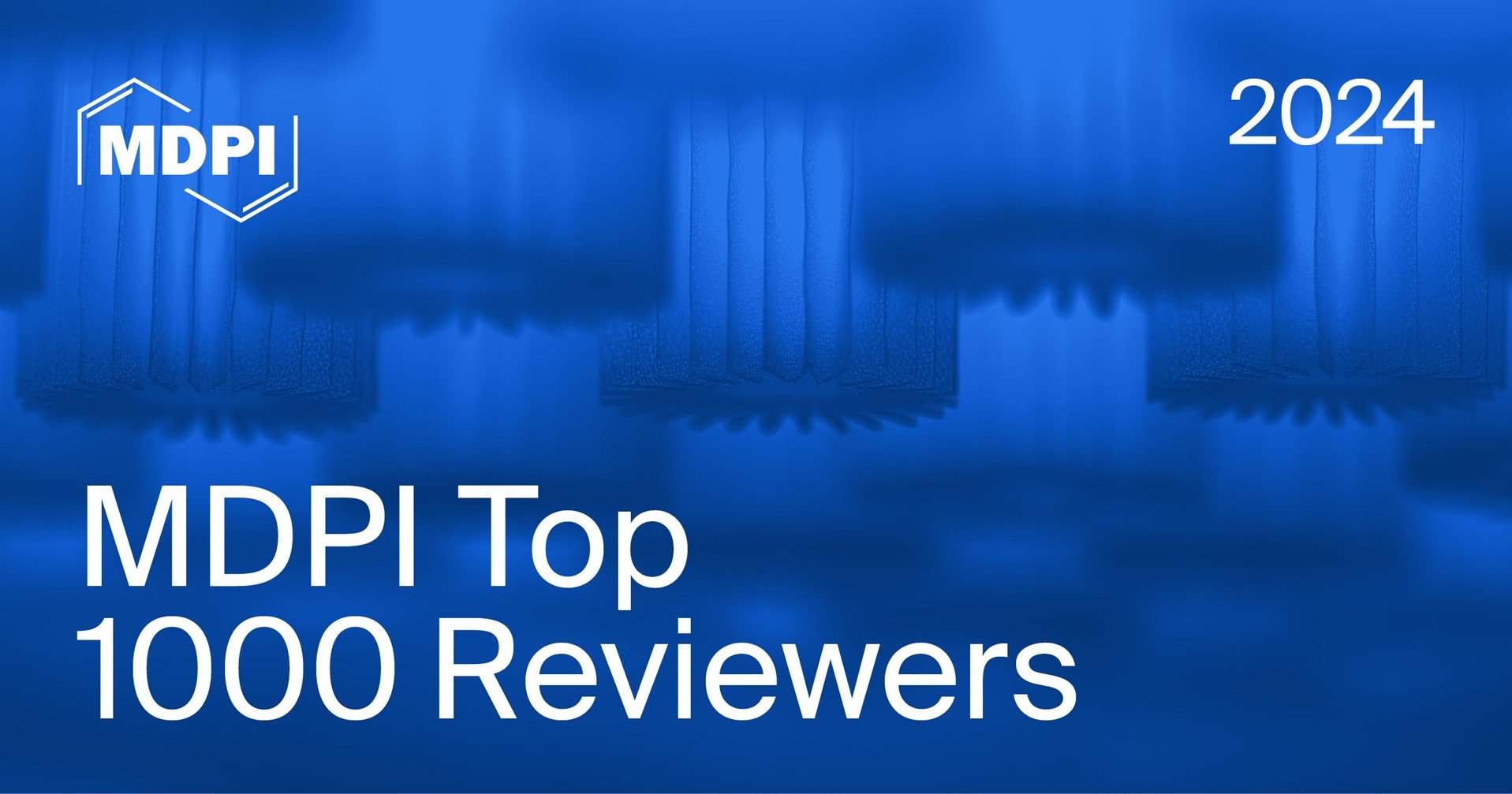-
 Synergistic Bioactive Potential of Combined Fermented Kombucha and Water Kefir
Synergistic Bioactive Potential of Combined Fermented Kombucha and Water Kefir -
 Stable Isotope Analysis of Alcoholic Beverages: A Review
Stable Isotope Analysis of Alcoholic Beverages: A Review -
 Unveiling the Regional Identity of Madeira Wine: Insights from Saccharomyces cerevisiae Strains Using Interdelta Analysis
Unveiling the Regional Identity of Madeira Wine: Insights from Saccharomyces cerevisiae Strains Using Interdelta Analysis -
 The Gut–Brain Axis and Probiotics in Beverages and Liquid Preparations: A PRISMA Systematic Review on Cognitive Function Enhancement
The Gut–Brain Axis and Probiotics in Beverages and Liquid Preparations: A PRISMA Systematic Review on Cognitive Function Enhancement -
 Potential of Different Eighteen Grapevine Genotypes to Produce Wines in a Hot Region: First Insights into Volatile and Sensory Profiles
Potential of Different Eighteen Grapevine Genotypes to Produce Wines in a Hot Region: First Insights into Volatile and Sensory Profiles
Journal Description
Beverages
- Open Access— free for readers, with article processing charges (APC) paid by authors or their institutions.
- High Visibility: indexed within Scopus, ESCI (Web of Science), FSTA, CAPlus / SciFinder, PubAg, and other databases.
- Journal Rank: CiteScore - Q2 (Food Science)
- Rapid Publication: manuscripts are peer-reviewed and a first decision is provided to authors approximately 24.1 days after submission; acceptance to publication is undertaken in 6.6 days (median values for papers published in this journal in the first half of 2025).
- Recognition of Reviewers: reviewers who provide timely, thorough peer-review reports receive vouchers entitling them to a discount on the APC of their next publication in any MDPI journal, in appreciation of the work done.
- Journal Cluster of Food, Nutrition, and Health Science: Beverages, Dietetics, Foods, Nutraceuticals, Nutrients and Obesities.
Latest Articles
E-Mail Alert
News
Topics
Deadline: 31 October 2025
Deadline: 31 December 2025
Deadline: 31 March 2026
Deadline: 30 April 2026
Conferences
Special Issues
Deadline: 20 October 2025
Deadline: 25 October 2025
Deadline: 5 November 2025
Deadline: 15 November 2025



























